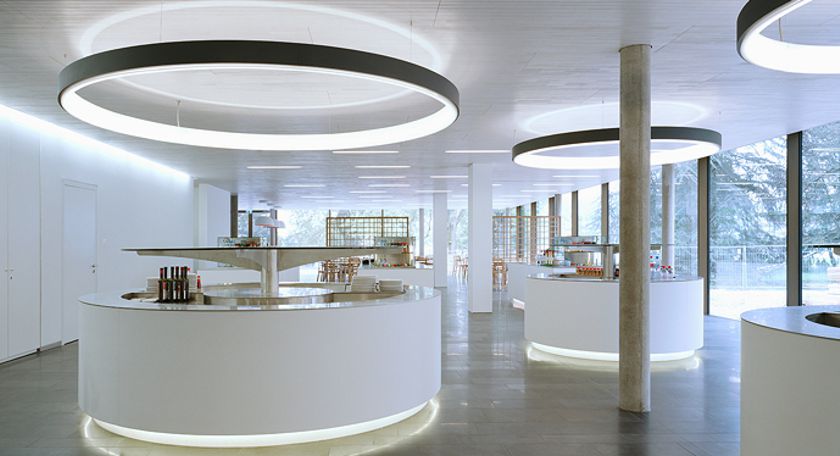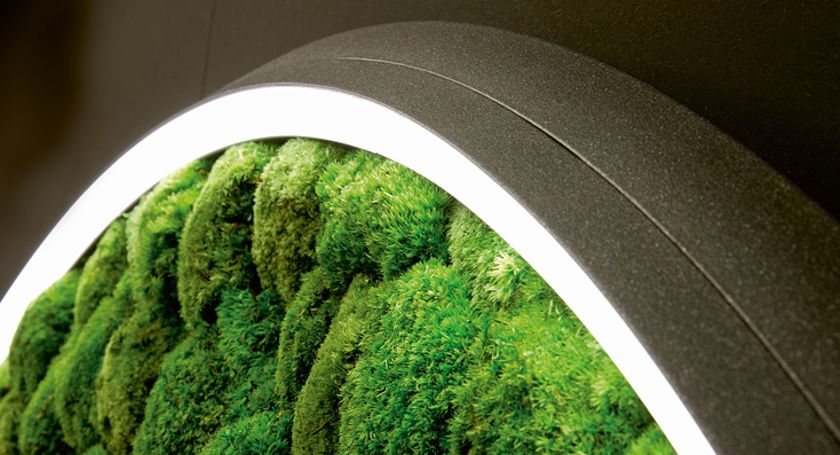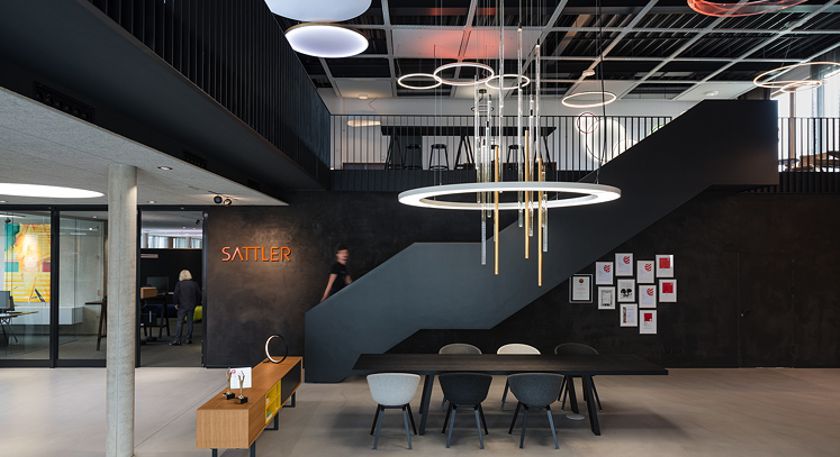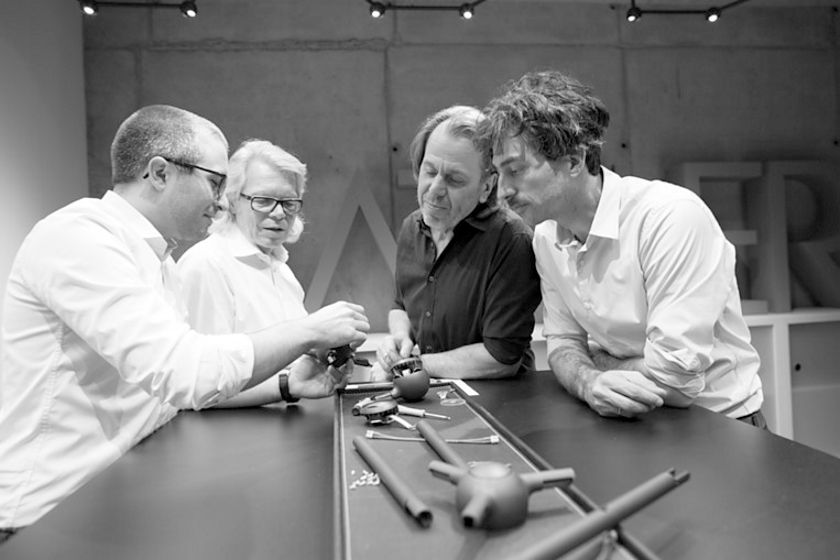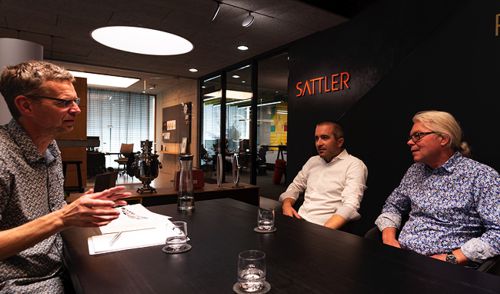Focus Open and Sattler
Sattler is among the companies who enter new products for the Focus Open design awards on a regular basis – and win just as regularly. In 2018, for example, Sattler won a Focus Gold for the pendant luminaire Palito – as it did in 2016 for the Avveni family. “We really appreciate the objective and transparent judging of the Focus Open competition. And the fact that the award isn’t subject to profit-based pressures,” says Ulrich Sattler.
Photo: Sattler GmbH

Won a Focus Open Gold in 2016: the luminaire system Avveni with a ball-and-socket joint that permits maximum freedom of adjustment. Code2design was co-responsible for the design.

